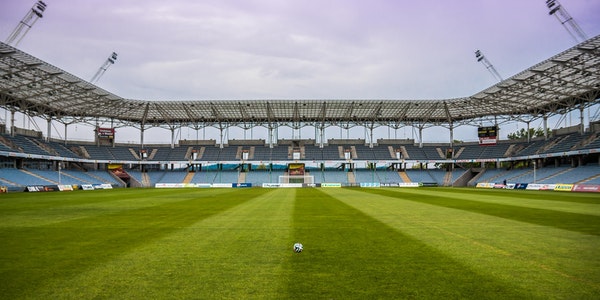LED Lighting Technology Shines Bright in Outdoor Sporting Events _Part 3
- Olympic Games: LED lighting has become a standard feature in Olympic venues, offering energy-efficient illumination for various sports competitions and ceremonies. Host cities like Beijing (2008), London (2012), Rio de Janeiro (2016), and Tokyo (2020/2021) have incorporated LED lighting systems into their stadiums, arenas, and outdoor venues, providing optimal visibility and atmosphere for athletes and spectators alike.
- FIFA World Cup: LED lighting technology has been prominently featured in FIFA World Cup stadiums, enhancing the visual experience for millions of viewers worldwide.

